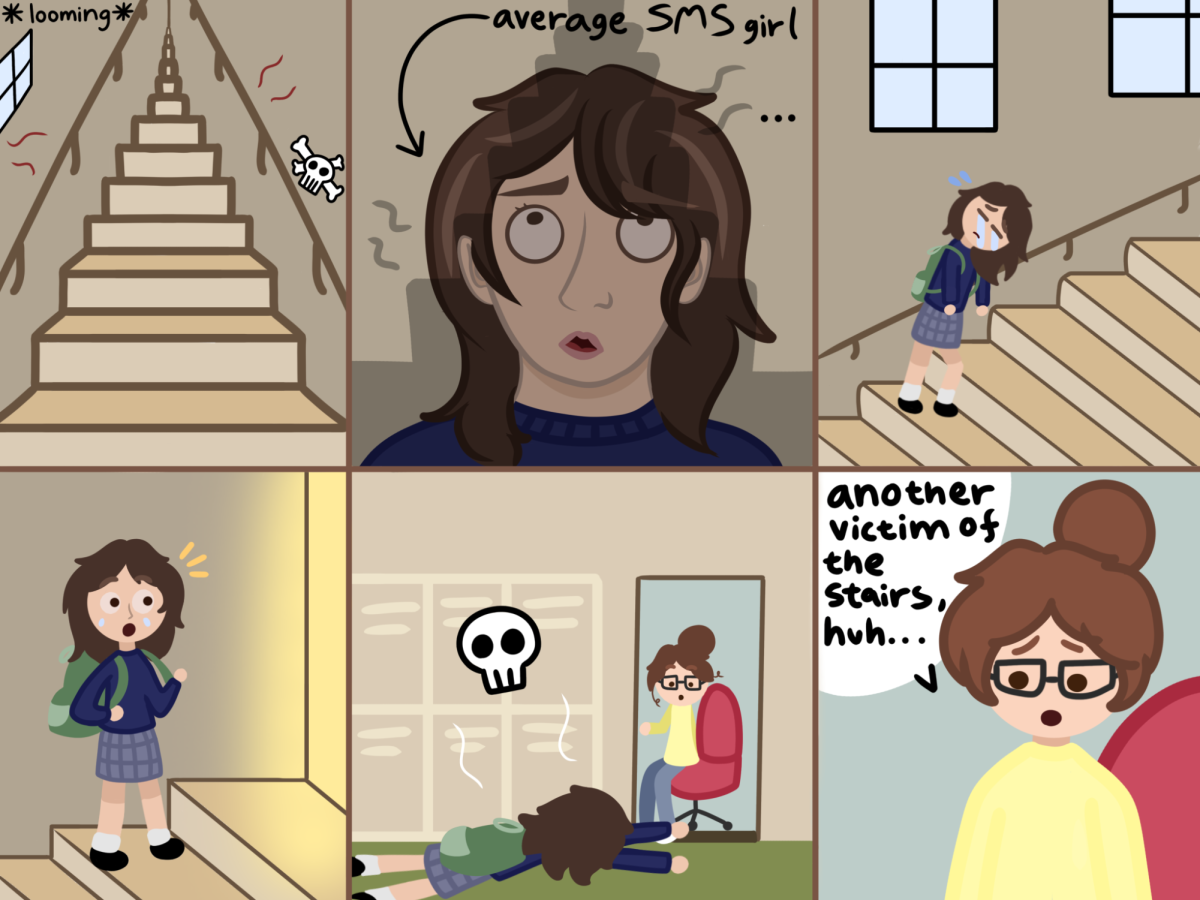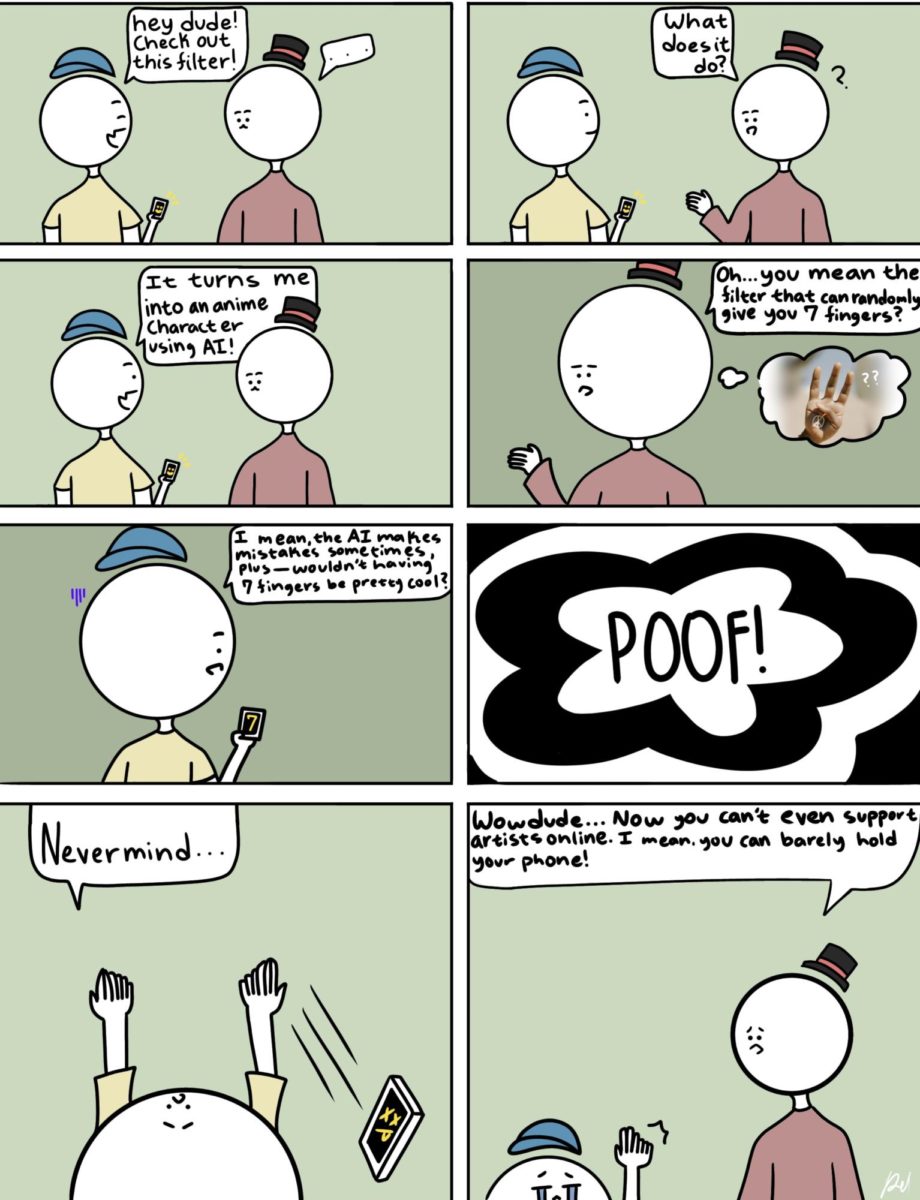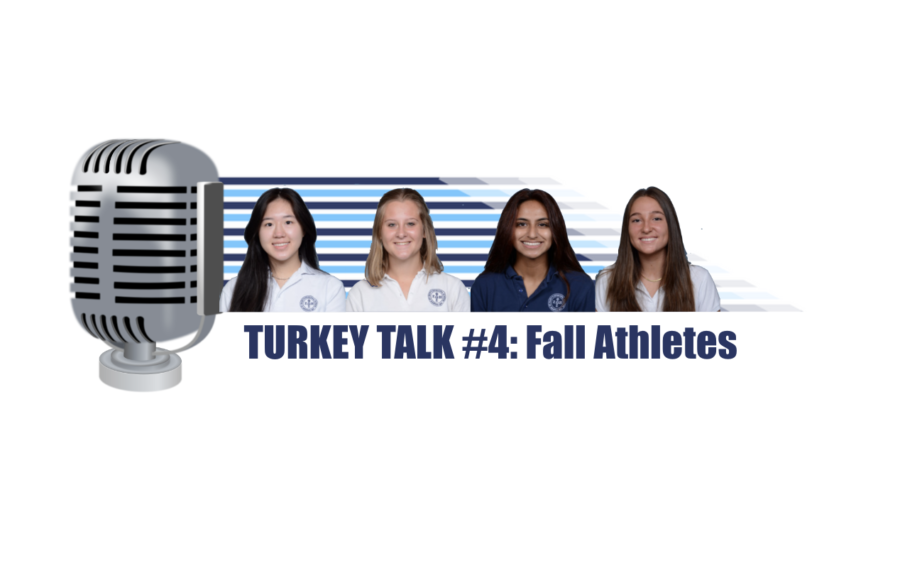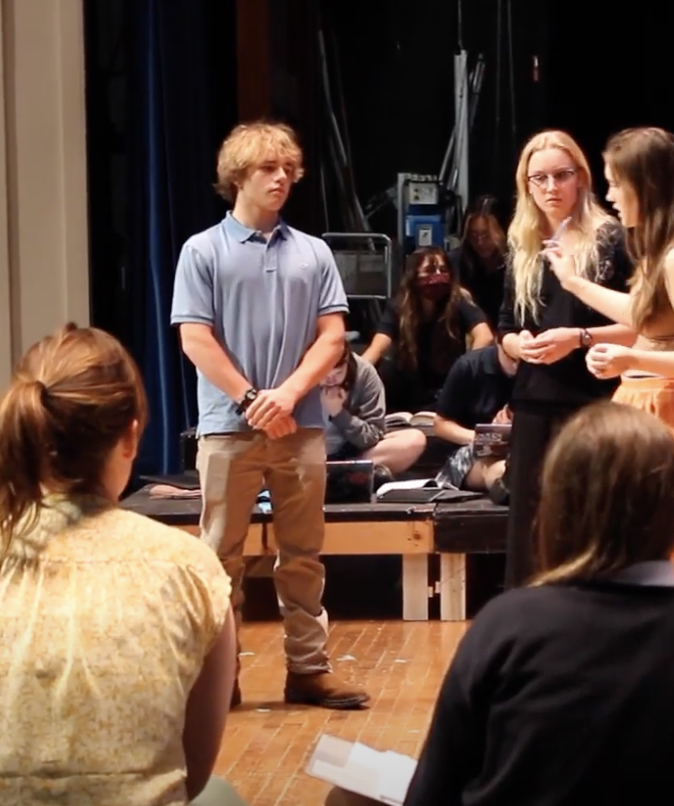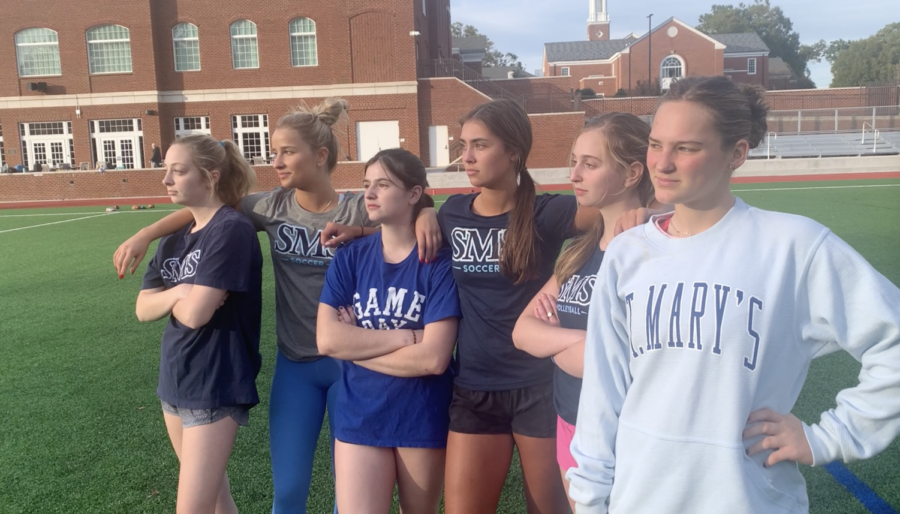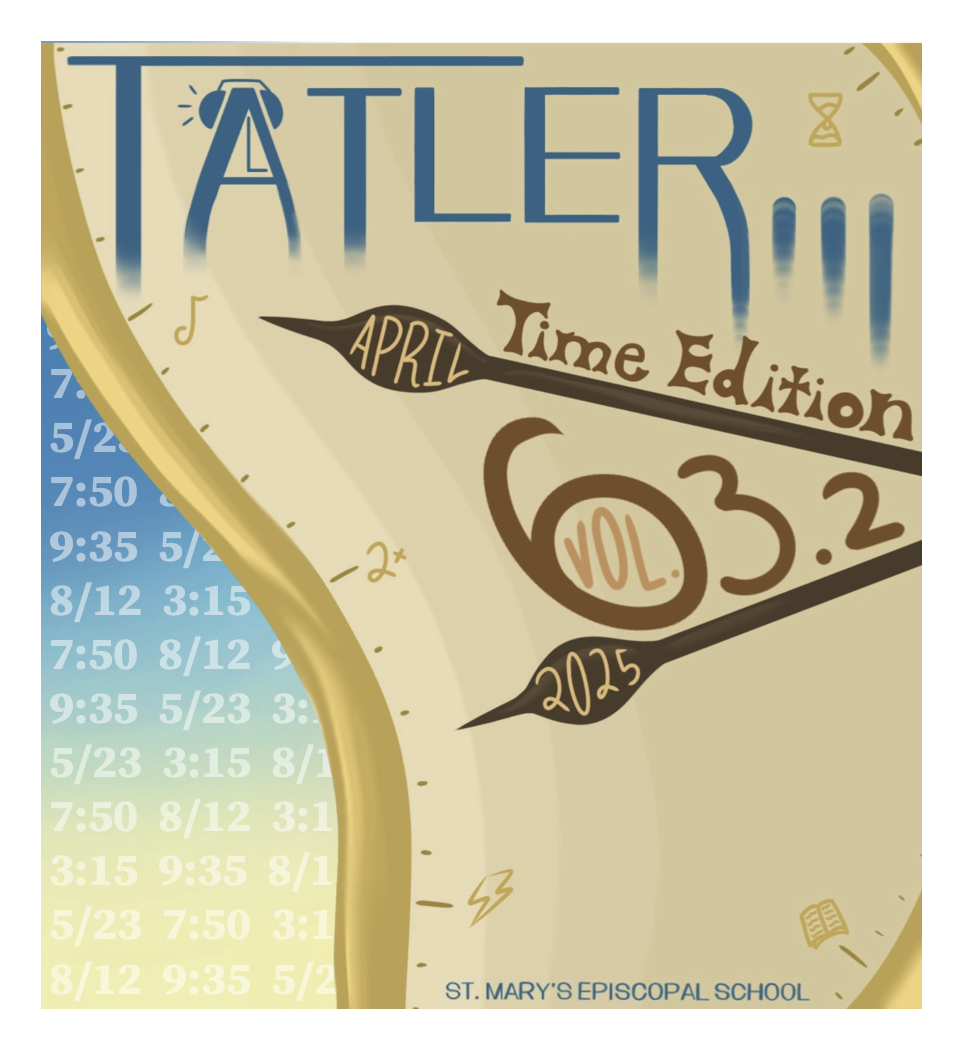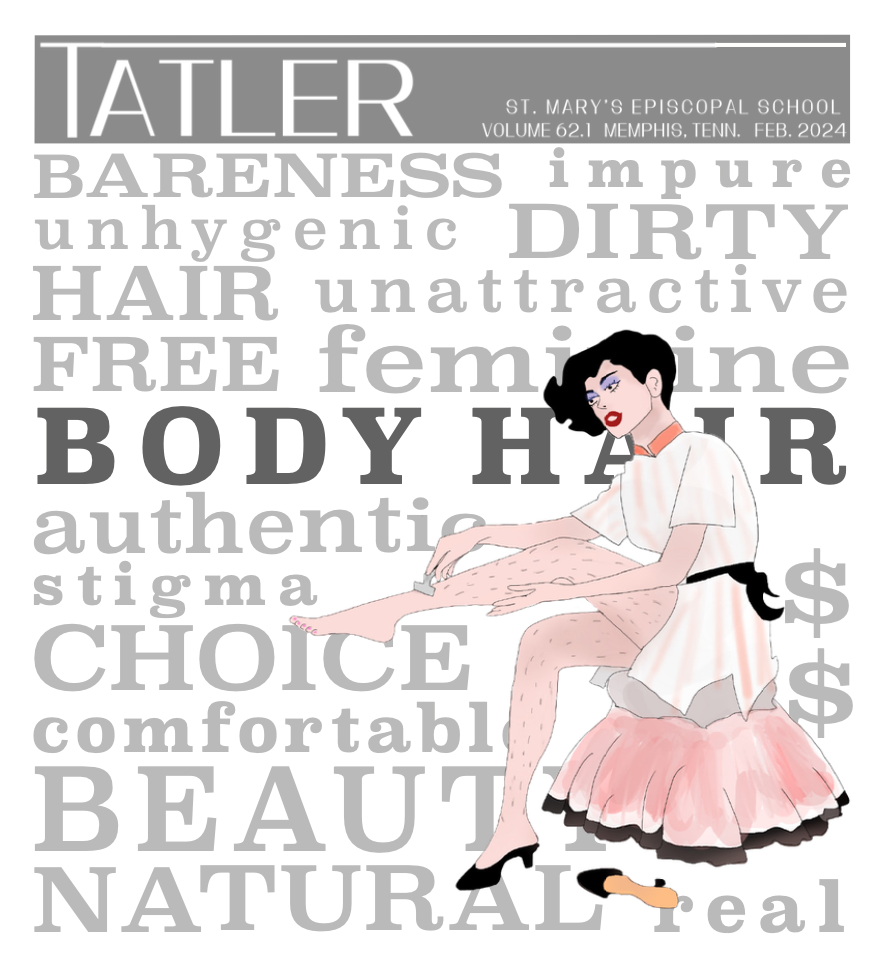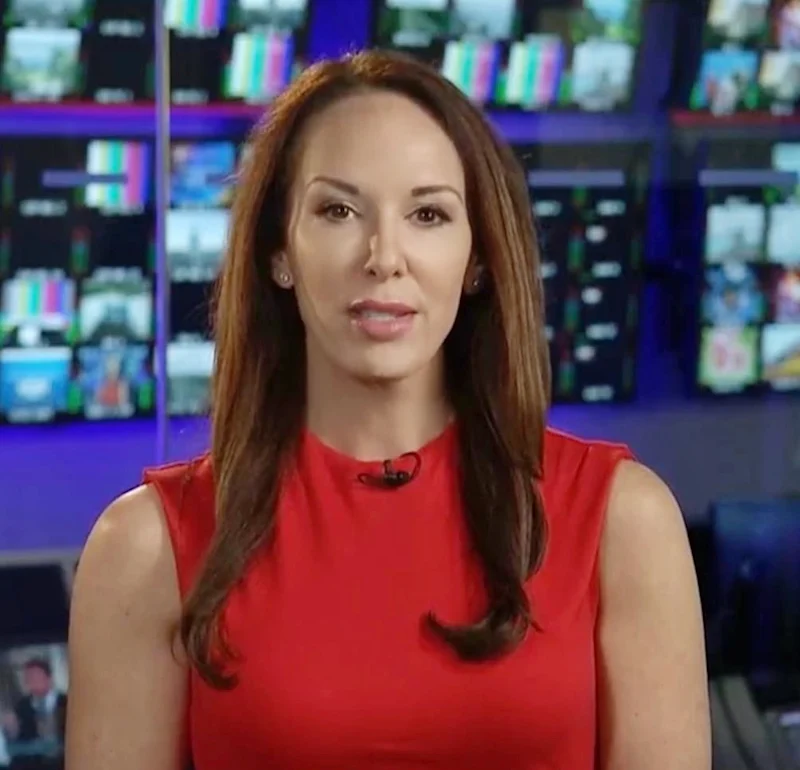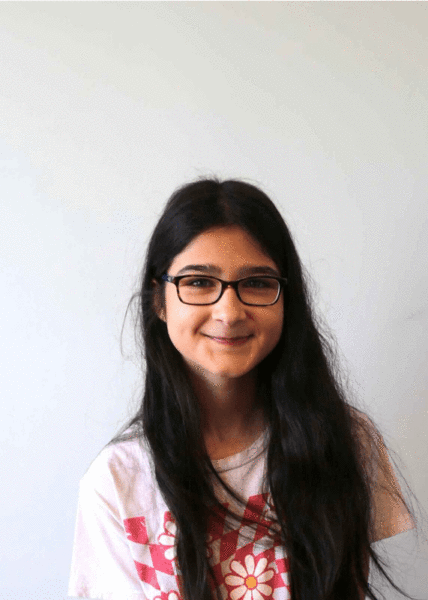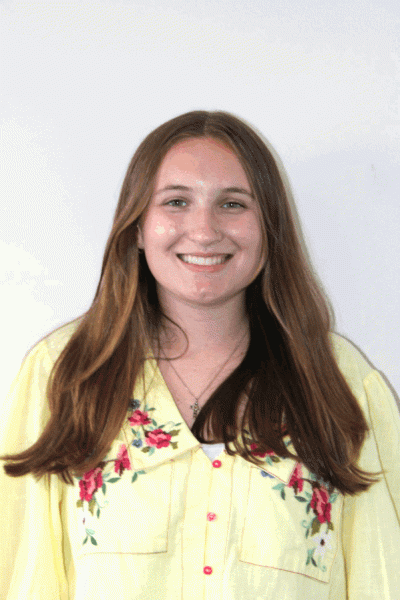A new job. Injury. Illness. Pregnancy. While there are a number of reasons teachers may leave midyear, the sudden departure of a faculty member can leave students, coworkers and administrators in uncertainty.
So what really happens when a teacher leaves during the school year?
When a teacher leaves, the administration makes a plan to find someone suitable for their position to take their place as fast as possible. Head of School Albert Throckmorton and Associate Head of School Hillary Robinson post a job application to the St. Mary’s website and collaborate with a variety of education organizations to expand their search.
“What we do is we contact organizations, like…the national teachers group,” Rogers said. “Sometimes [we contact] Rhodes College or the University of Memphis and let them know that we have a teaching or an employment opportunity that is available.”
That’s how alumna Halle Smith learned that there was an opportunity to step in and teach AP Psychology.
Late last year, when John Nichols left his teaching position as head of the Global Studies program and the AP Psychology teacher to become the Interim CEO of Literacy Mid-South, Smith learned about the job through her network and was able to take on the position in his place.
“My supervisor in grad[uate] school saw the posting” Smith said. “They knew that I’ve gone to St. Mary’s and worked with St. Mary’s students before so they let me know about the posting and I applied through that.”
Students are also included in the search for new teachers and the school encourages them to inform friends and family about vacant roles.
“Our employment opportunities are always posted on the website so…students can always send them to people they know that they think would be good,” Rogers said. “Students also participate in teaching demonstrations and any feedback they share is always welcome.”
After getting in contact with Rogers and Associate Head of School Hillary Robinson, Smith took on a two-day hiring process consisting of a teaching demonstration, a remote interview and meeting with the history department. After that, she did remote training about faculty requirements and met with Mr. Nichols before stepping into the classroom.
Although the quick transition was stressful, Smith feels welcomed by the St. Mary’s community.
“I think everyone’s been very easy for help,” she said.
But not all faculty members leave for good. When a teacher takes time off for medical reasons, it’s often their fellow St. Mary’s teachers who step in.
During the absence of world history teacher Ben Jordan earlier this year, Holly Hensarling, director of student life and upper school history teacher, took over. But Hensarling is no stranger to being pulled in to teach for her colleagues.
“This isn’t the first time this has happened,” she said. “In 2019…we had a teacher get sick with cancer and I got pulled in to teach AP Comparative Politics… because I have been teaching AP Us Government and AP Comparative Politics for maybe 15 years.”
Knowing this change could affect exams and daily work, Hensarling prioritized her students’ well-being.
“There’s a need, and I’m asked to help fill it, and because I’m part of the community I have to say ‘yeah’ and step in and try to help,” she said. “Ultimately it’s not about me, it’s about making sure that you guys, the students, are getting everything that you need.”
It’s not uncommon for students to have questions about possible implications to these transitions. Who will teach the class? How will its structure change? What about exams?
For Junior Casey Jang, the main concern was the upcoming midterm exam.
“It was two weeks before exam week [in the fall] so no one really knew what was going to happen,” she said.
Learning isn’t the only thing that affects students when teachers leave, whether temporarily or permanently.
Faculty shifts can be difficult for students who have connections to teachers or who have adapted to specific teaching styles.
For sophomore Anna Kay Bell, a student in AP Psychology, the possibility of not being able to see Mr. Nichols again was the biggest concern.
“I had his class last that day, and he told us in class, and I started bawling,” Bell said. “I also went on the Germany trip with him, and he was just the best chaperone ever, and I think there were like 10 people crying in [the sophomore] commons.”
Bell also had concerns about how the class’s structure would change as a result of a new teacher taking over Mr. Nichols’ role.
“My second thought was ‘how am I gonna get through AP Psych[ology]?’” she said. “I was so scared about who was gonna be teaching, how that was gonna go, how I was going to do on the test, just because I was gonna have a whole new different teacher.”
Students aren’t the only ones who feel overwhelmed in the transition.
“I had about 24-hours notice about my teaching demonstration which was startling,” Smith said. “They said ‘teach whatever you want’ and I said ‘what does that mean?’”
Luckily for Junior Sophie Patterson, a new AP Psychology teacher did not interfere with her learning.
“Honestly I didn’t actually have a hard time with [the transition from Nichols to Smith],” she said. “I liked the way that both of them have done things.”
Change can be hard, but Dr. Rogers aims to help worried students in any way she can.
“I would welcome that student to come sit down with me and share their concerns,” she said. “And having the opportunity to talk to that student about their concerns would help me figure out how to best respond to them.”


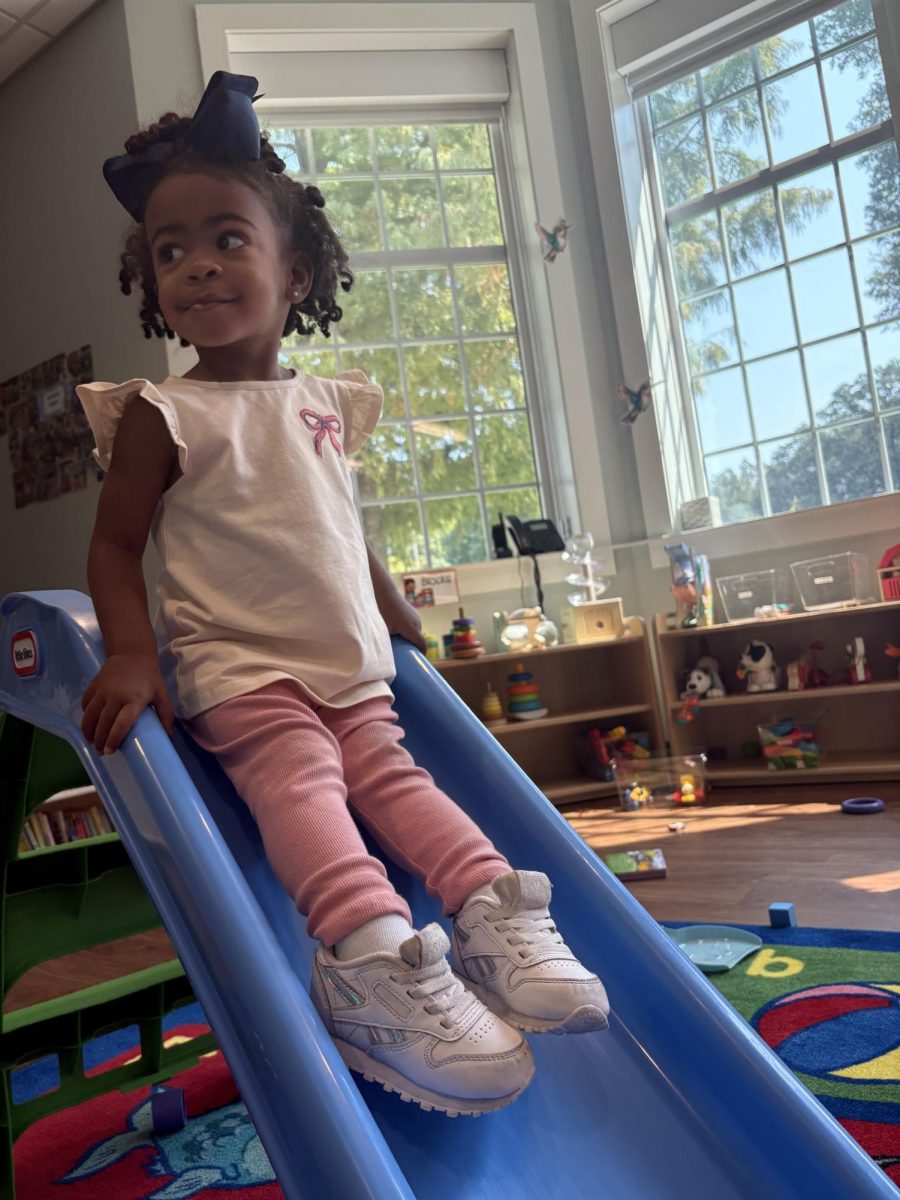


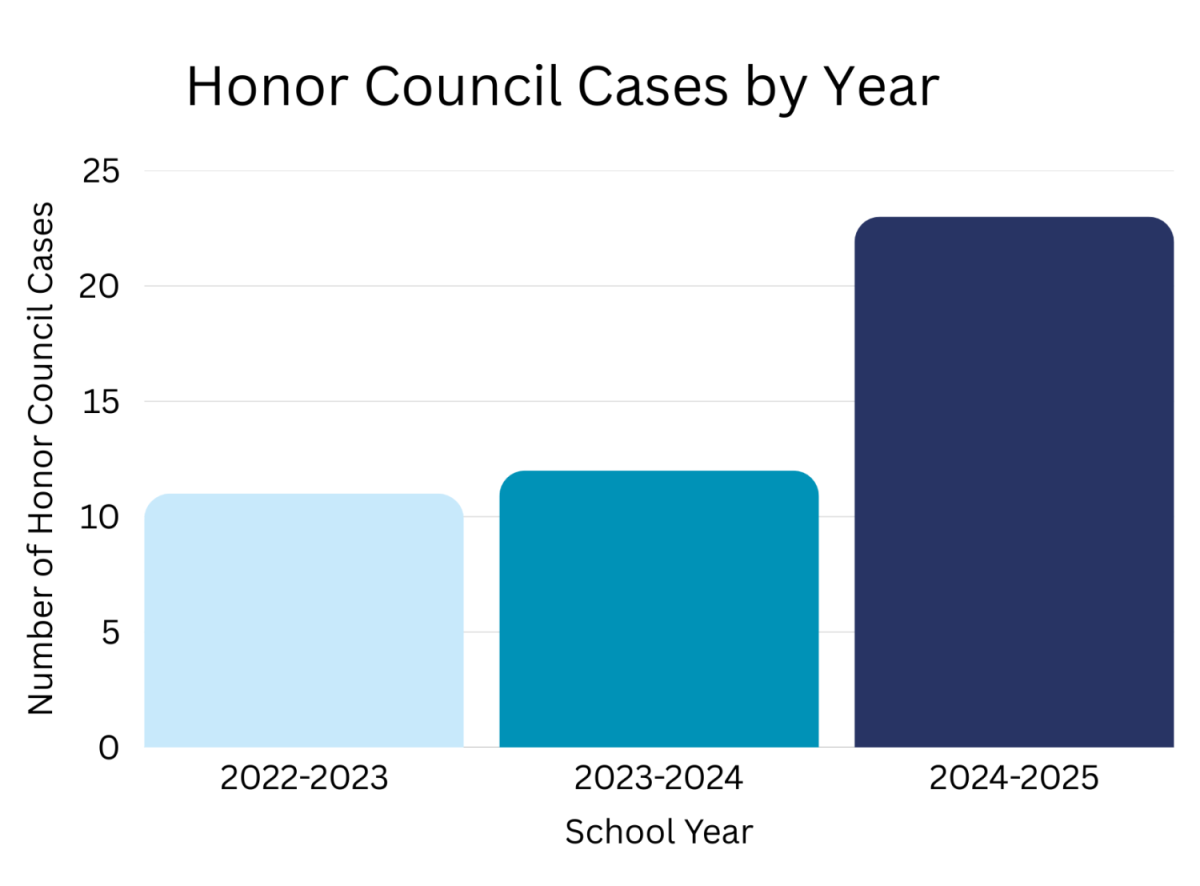
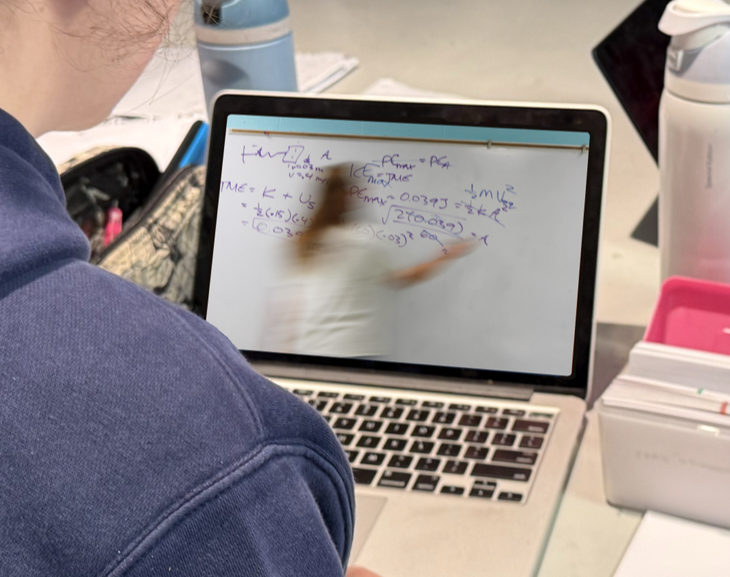


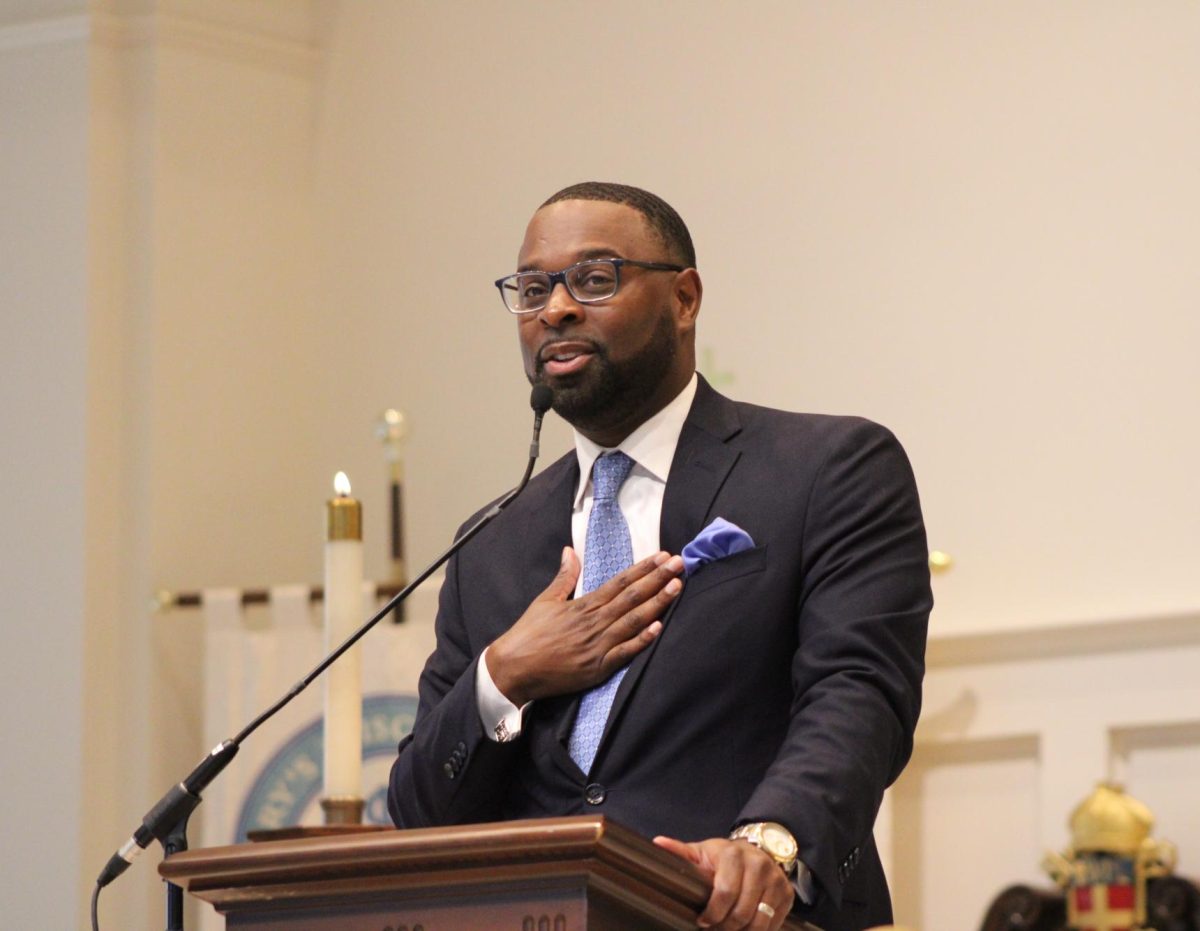
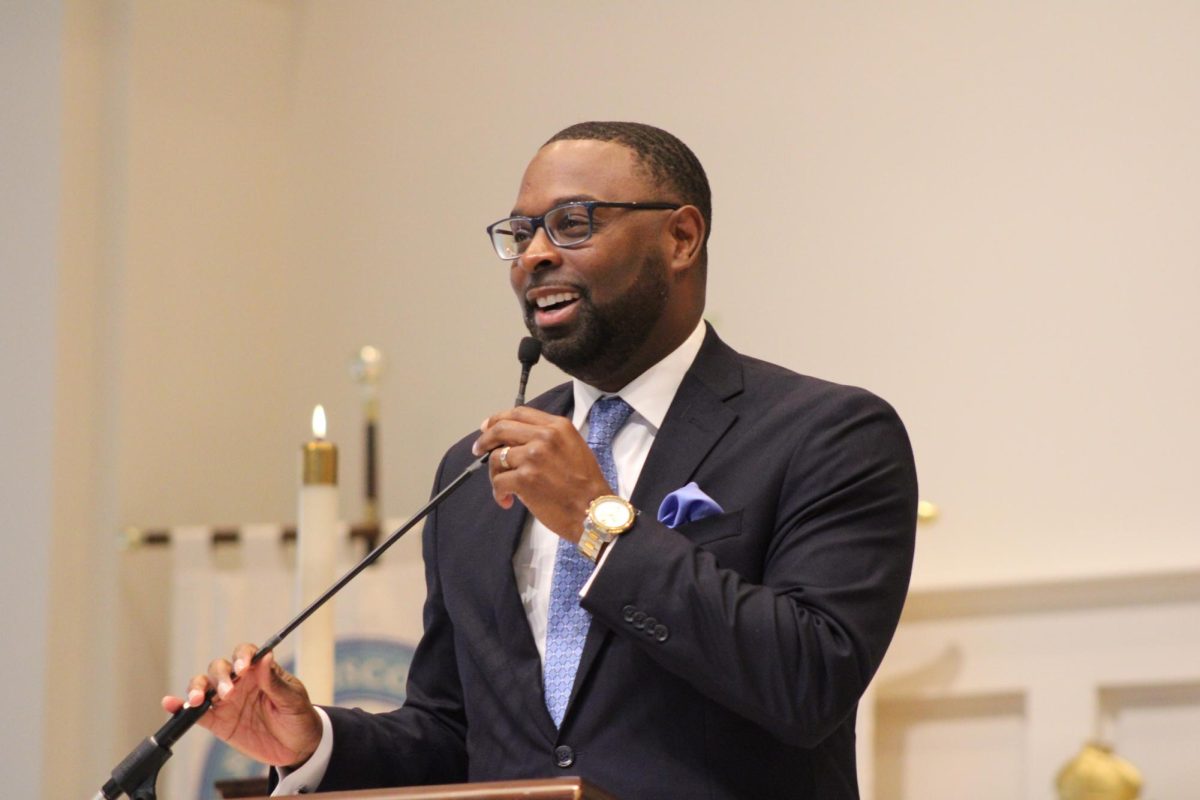
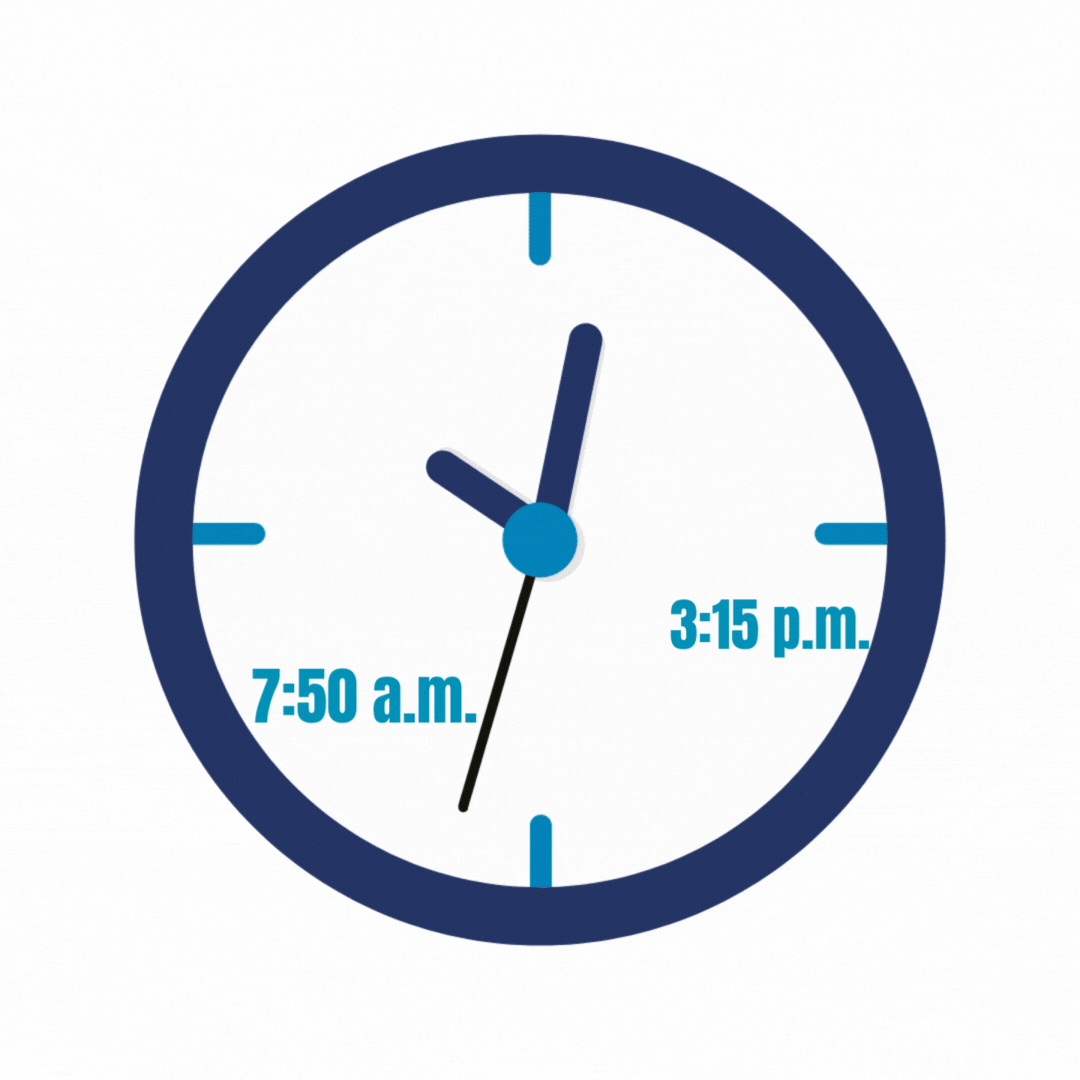



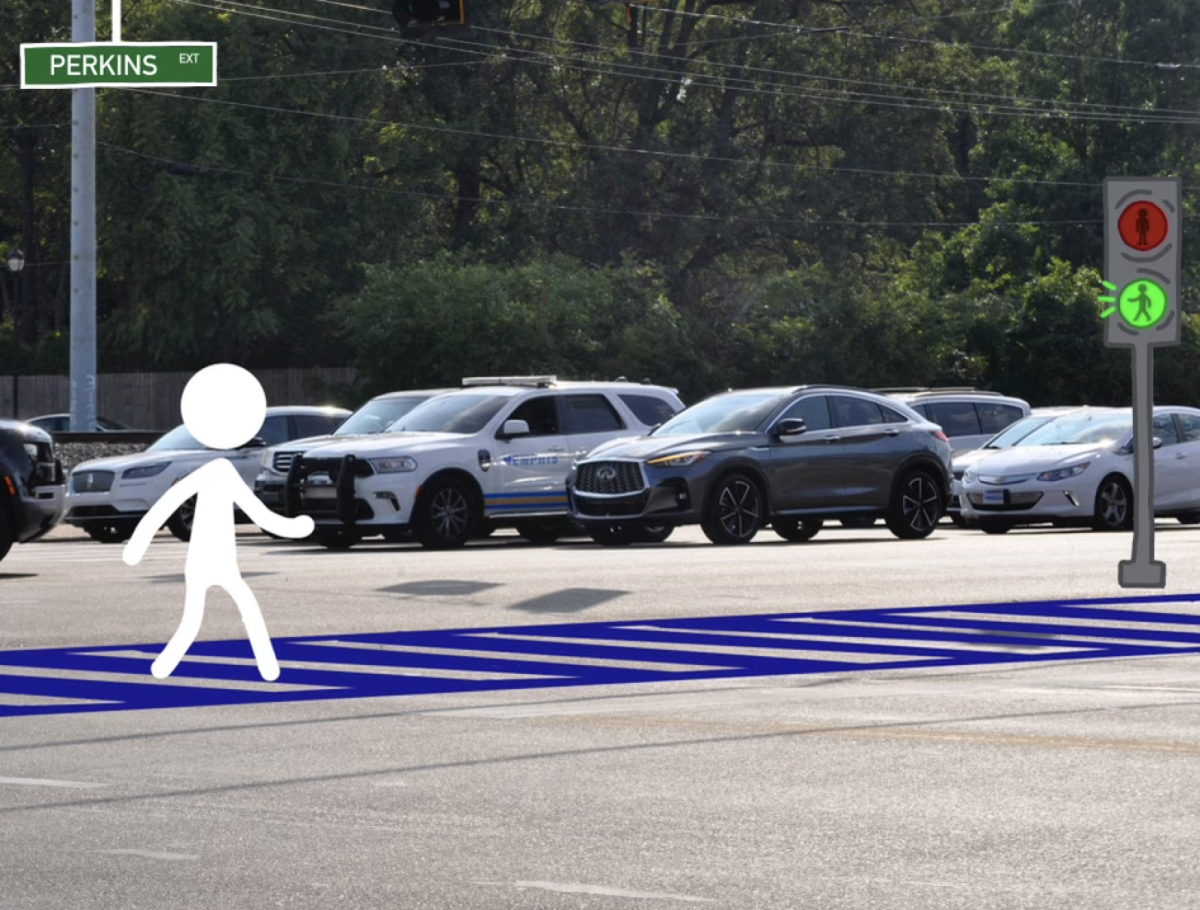
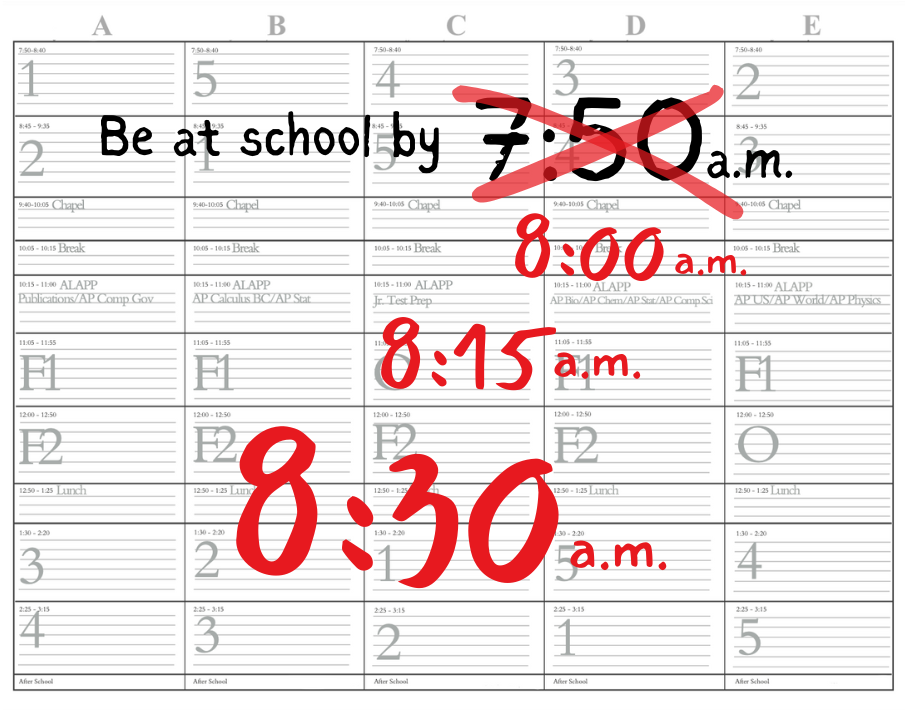
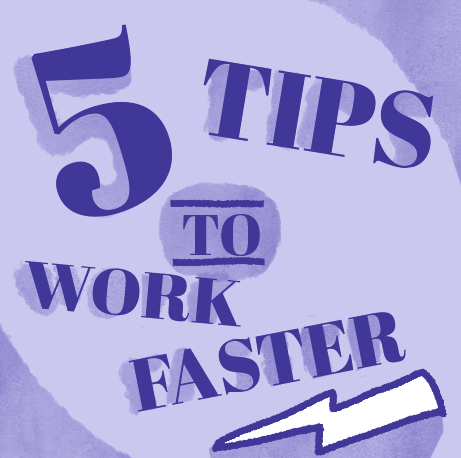



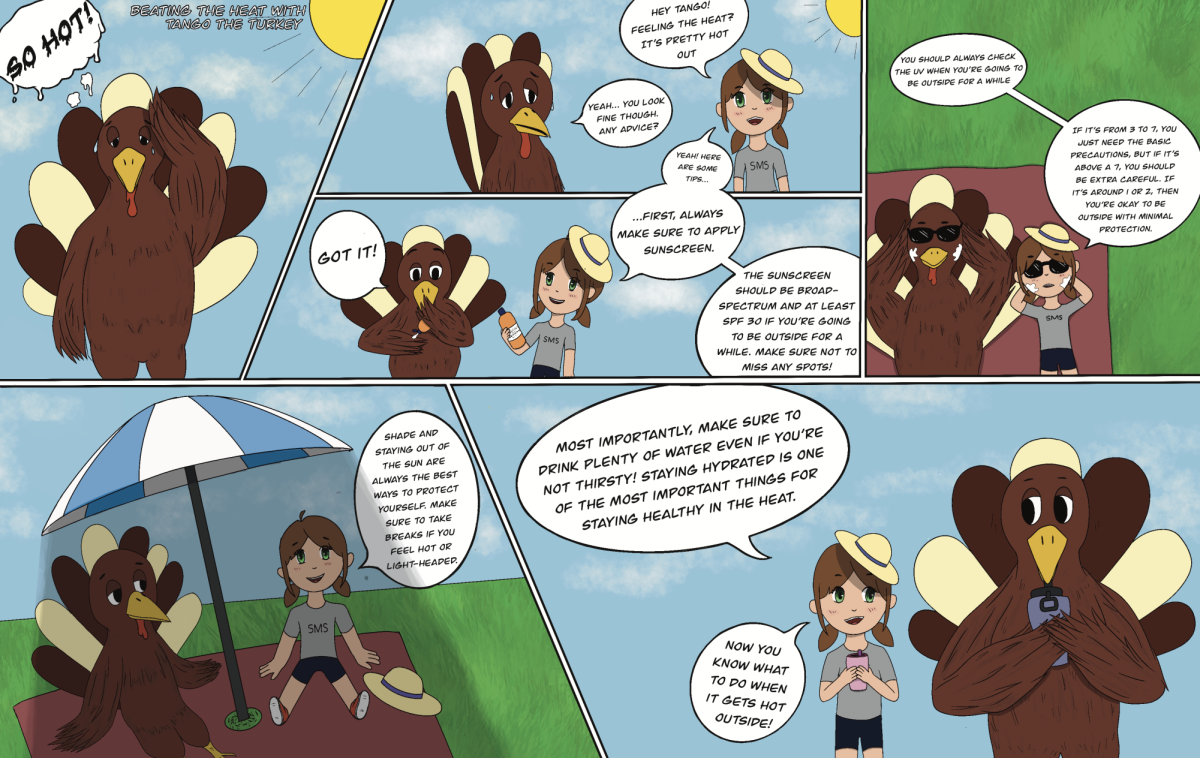



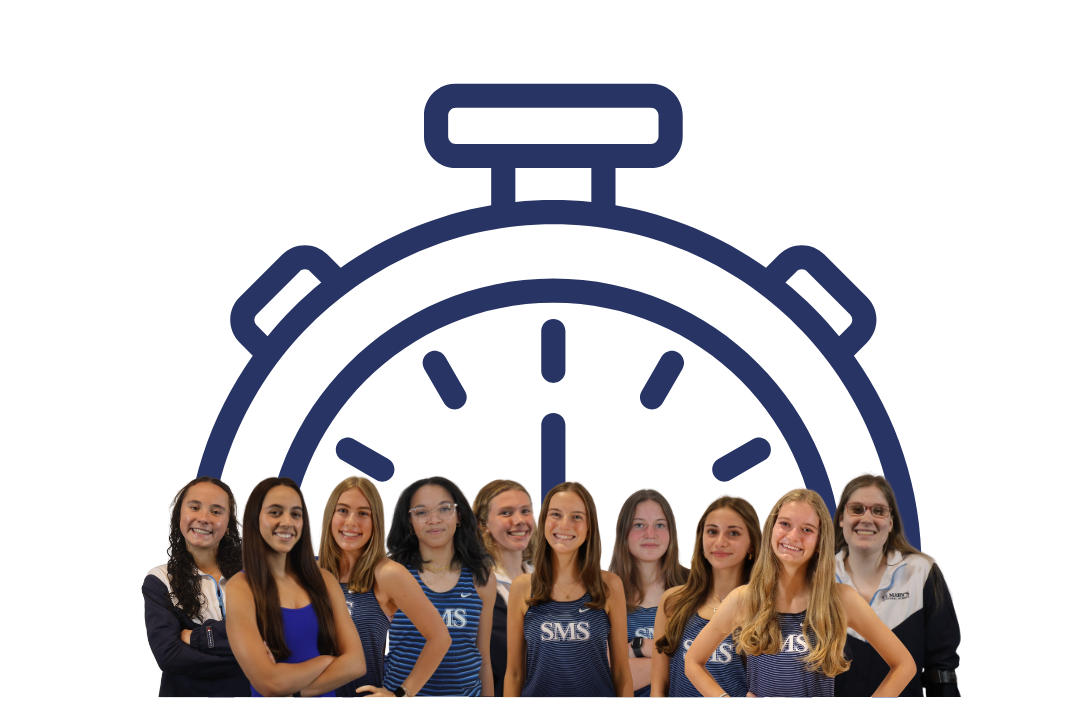
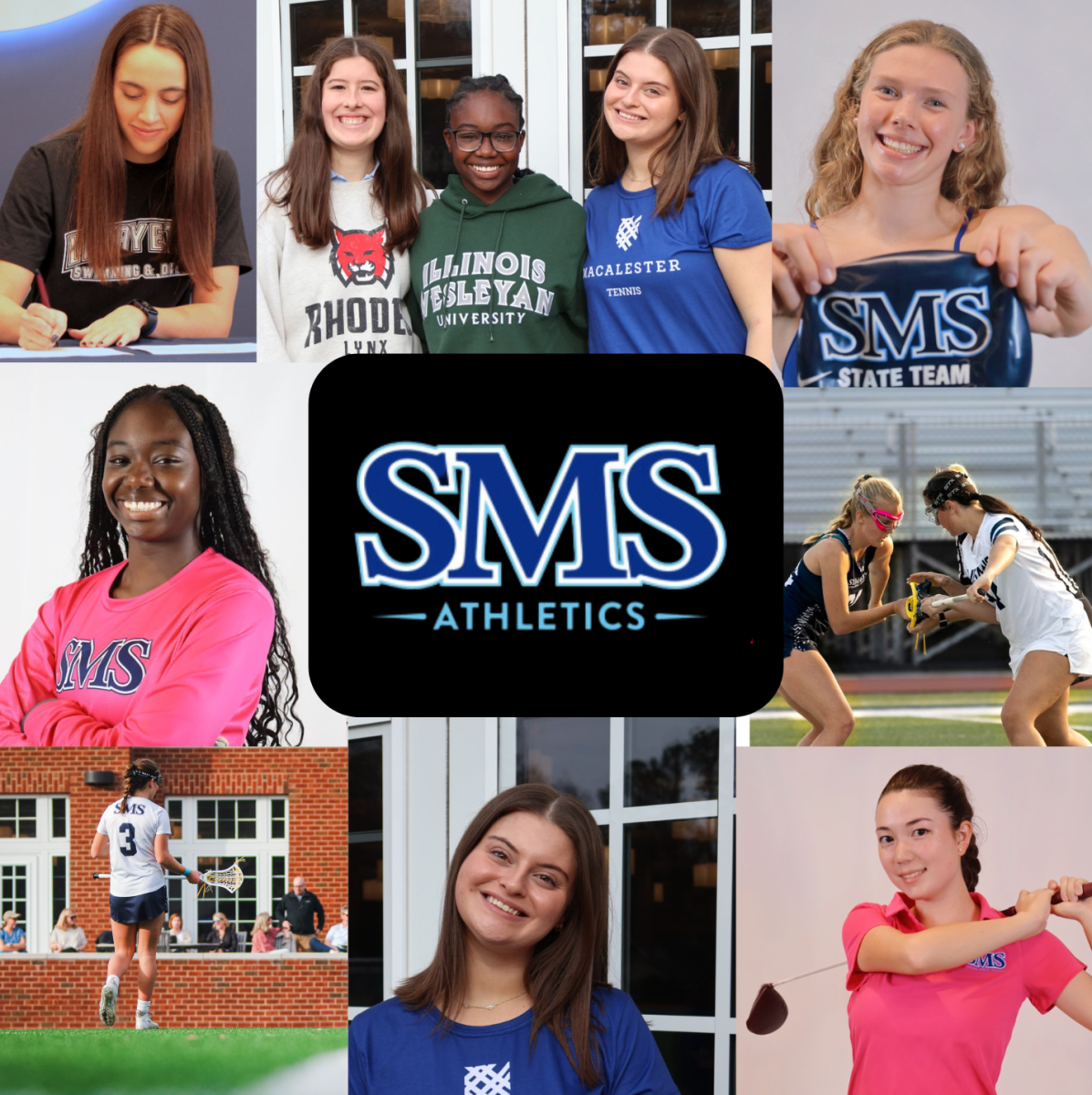
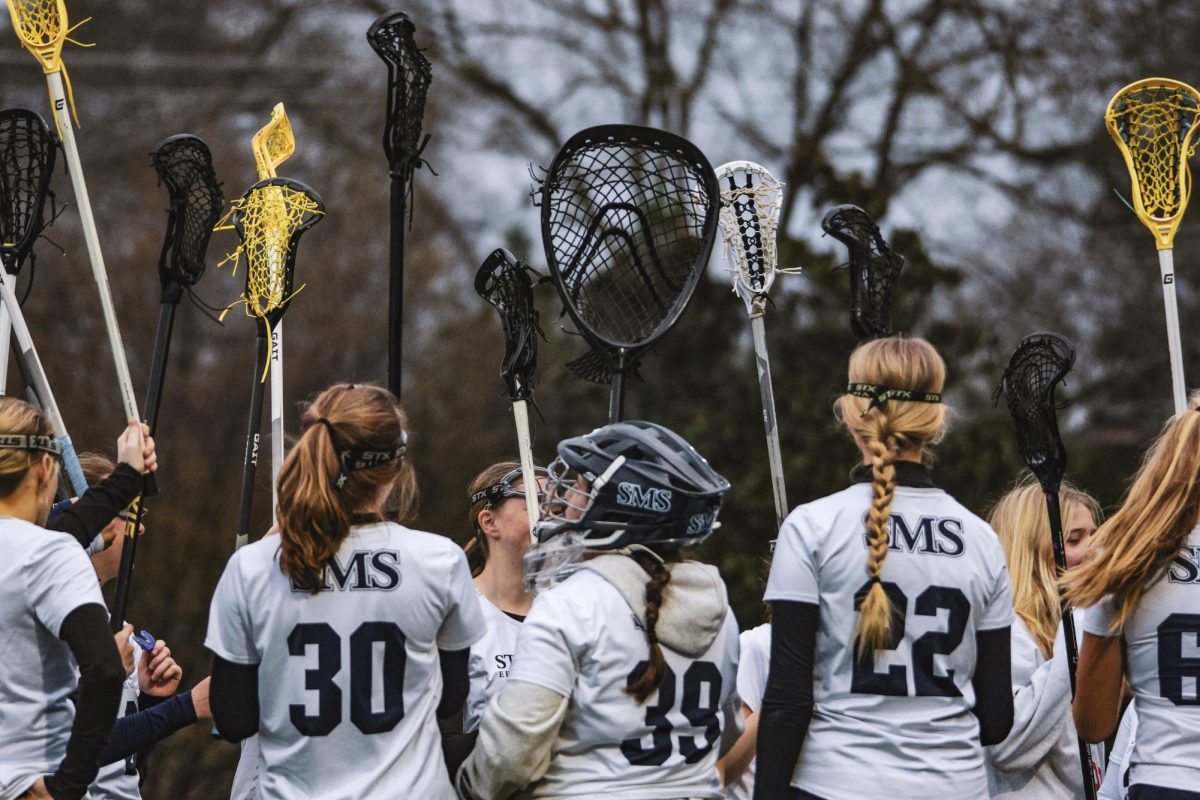
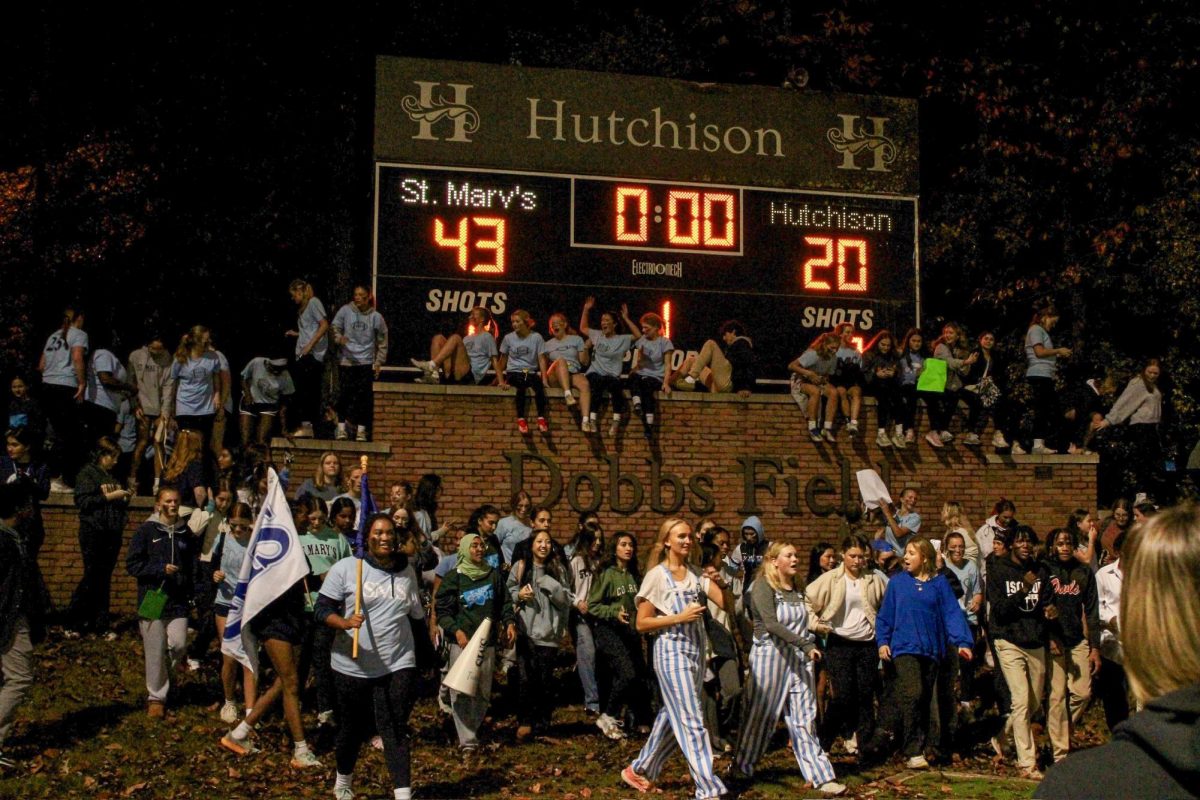
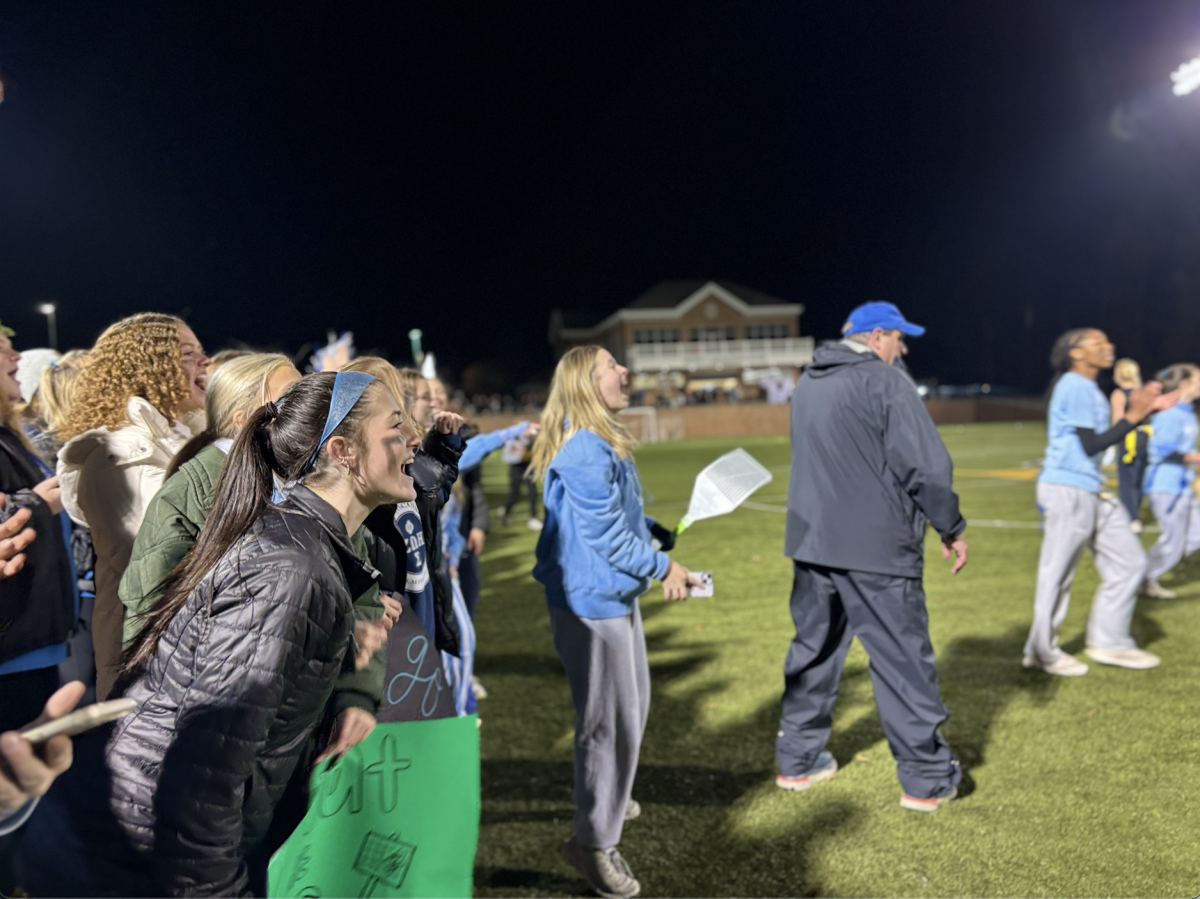

![[GALLERY] Walking in (Downtown) Memphis](https://stmarystatler.org/wp-content/uploads/2024/04/E1DAD3FE-E2CE-486F-8D1D-33D687B1613F_1_105_c.jpeg)
